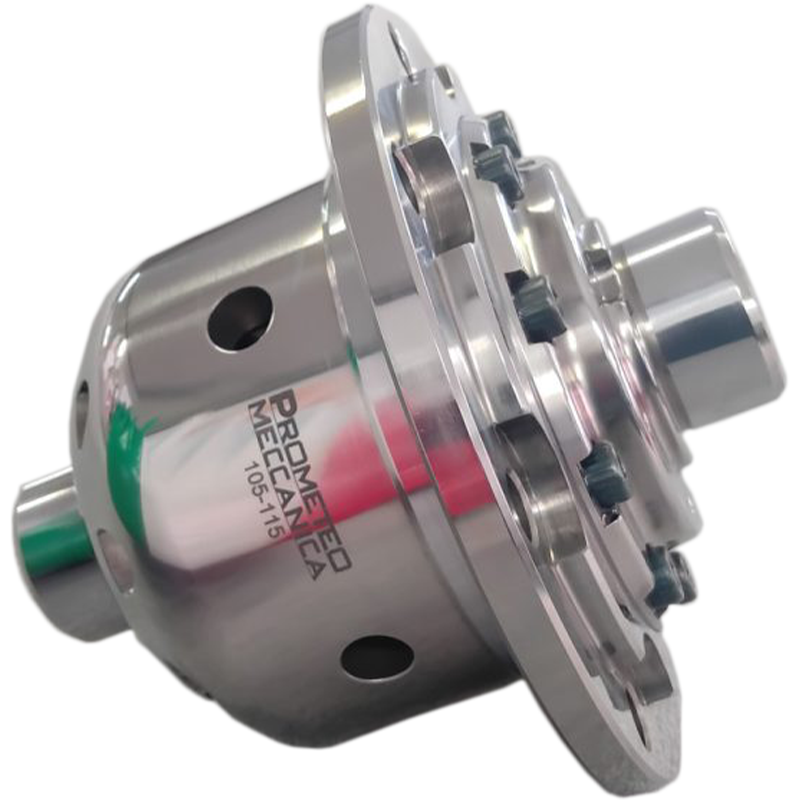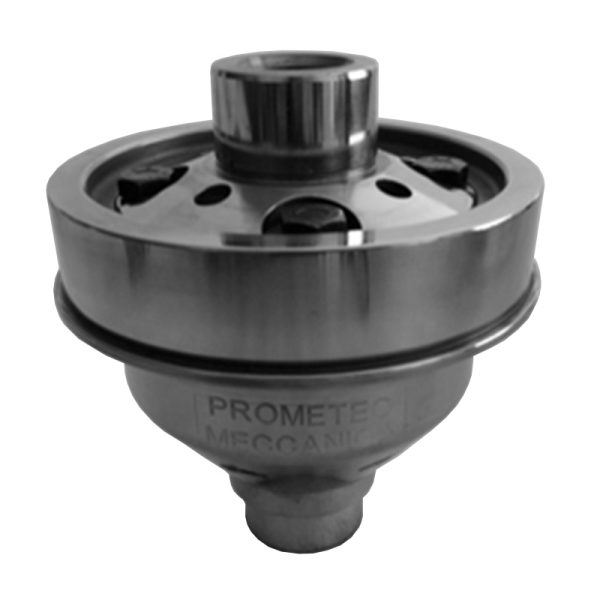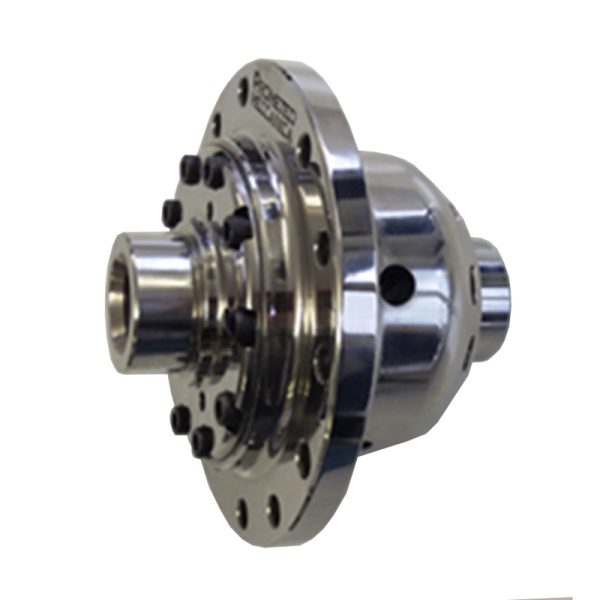SELF-LOCKING DIFFERENTIAL FOR ALFA ROMEO 105-115 CARS
In 1962 Alfa Romeo presented the GIULIA, a car destined to become an unforgettable cultural phenomenon. From the first 4-door sedan model, various bodywork versions (coupé and spider) derived, still in production in the early 1990s with the spider variant.
These are Italian cars capable of providing excitement on the track and on the road even today.
Prometeo makes the helical gear self-locking differential available for these cars too. Prometeo self-locking limited slip differential can be installed on the following Alfa Romeo cars of the 105/115 series:
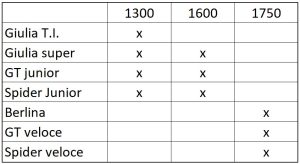
Why the self-locking differential?
From the early years, the cars of the 105/115 series were successfully used in various sporting competitions: the lack of traction in some situations made it necessary to adopt the self-locking differential; this technical solution was then proposed as an optional also on the road versions in the 1750 variants and, as standard, for the 2000.
Prometeo also offers a self-locking differential for the minor variants, namely the 1300, 1600 and 1750 (where it's not present as an optional extra).
The self-locking differential improves traction especially while exiting corners, when the internal wheel receives less load and therefore limits the transmission of torque to the ground of the entire axle.
Let's briefly summarize the operation of a differential, starting from the standard or free (open) version:
a differential of this type has the characteristic of always dividing the torque into two equal parts, therefore, as can be seen in the figure, called 100 (the units are completely arbitrary) the driving torque entering the differential, on each wheel a couple of 50 will end up.
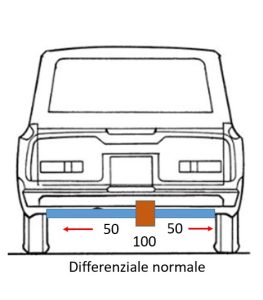
However, there is another important parameter to consider: the grip of the tires on the ground. In fact, the torque can be "discharged" to the ground up to the wheel's grip limit; this limit is therefore proportional to the fraction of load acting on the wheel and to the adhesion coefficient, which mainly depends on the consistency of the ground; therefore the maximum torque that can be discharged to the ground is limited by the grip of the wheel with less load, usually the one inside the curve, or the one that acts on the road surface with less grip.
If one of the two driving wheels ends up in an area with reduced grip (for example on slippery asphalt), the torque that can be transferred to the ground by the said wheel is reduced, as the wheel itself reaches the condition of slipping. Due to the property of the differential stated above, which is that of being a mechanism that divides the input torque into equal parts, we will also have the same torque value on the other wheel which still maintains good grip.
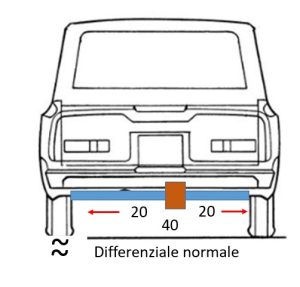
As can be seen in the figure above, given that 20 is the torque value of the slip limit of the left rear, even the right wheel will only be able to discharge a torque of 20 to the ground. And therefore the total traction of the rear axle is reduced to the value of 40, significantly lower than the 100 of the previous example with optimal grip on both wheels.
If we replace the normal differential with the Prometeo self-locking differential traction improves in these cases. Let's see how and by how much.
First of all, in conditions of good and homogeneous grip, the self-locking differential behaves like a normal differential, as shown in the following figure:
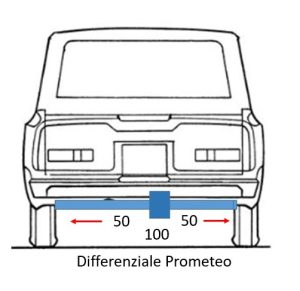
However, if one wheel loses grip, the limited-slip differential transfers greater torque to the other wheel. The total torque released to the ground by the rear axle is therefore higher than that released to the ground by a normal (free) differential. The following figure is explanatory of this operating mode:
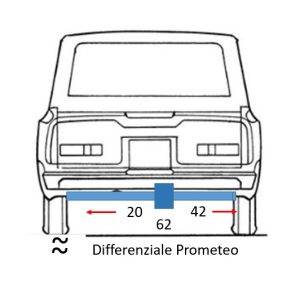
The 35% blocking percentage is the best compromise found through numerous tests performed in different conditions. In fact, Let's not forget that an excessive percentage of locking would have made the vehicle too nervous in some road conditions, with consequent driving problems. On the other hand, a very low blocking percentage would have reduced the benefits of the self-locking device, making it objectively useless.
Contact us for further information!
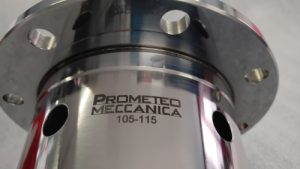
Prometeo self-locking differential for Alfa Romeo 105-115 can replace the standard differential in various models produced from 1962 to the early 90s (Giulia, GT, Spider, etc.)
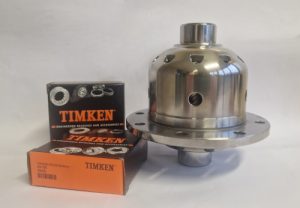
If requested, Prometeo self-locking differential for Alfa Romeo 105-115 can be supplied with Timken bearings included.

